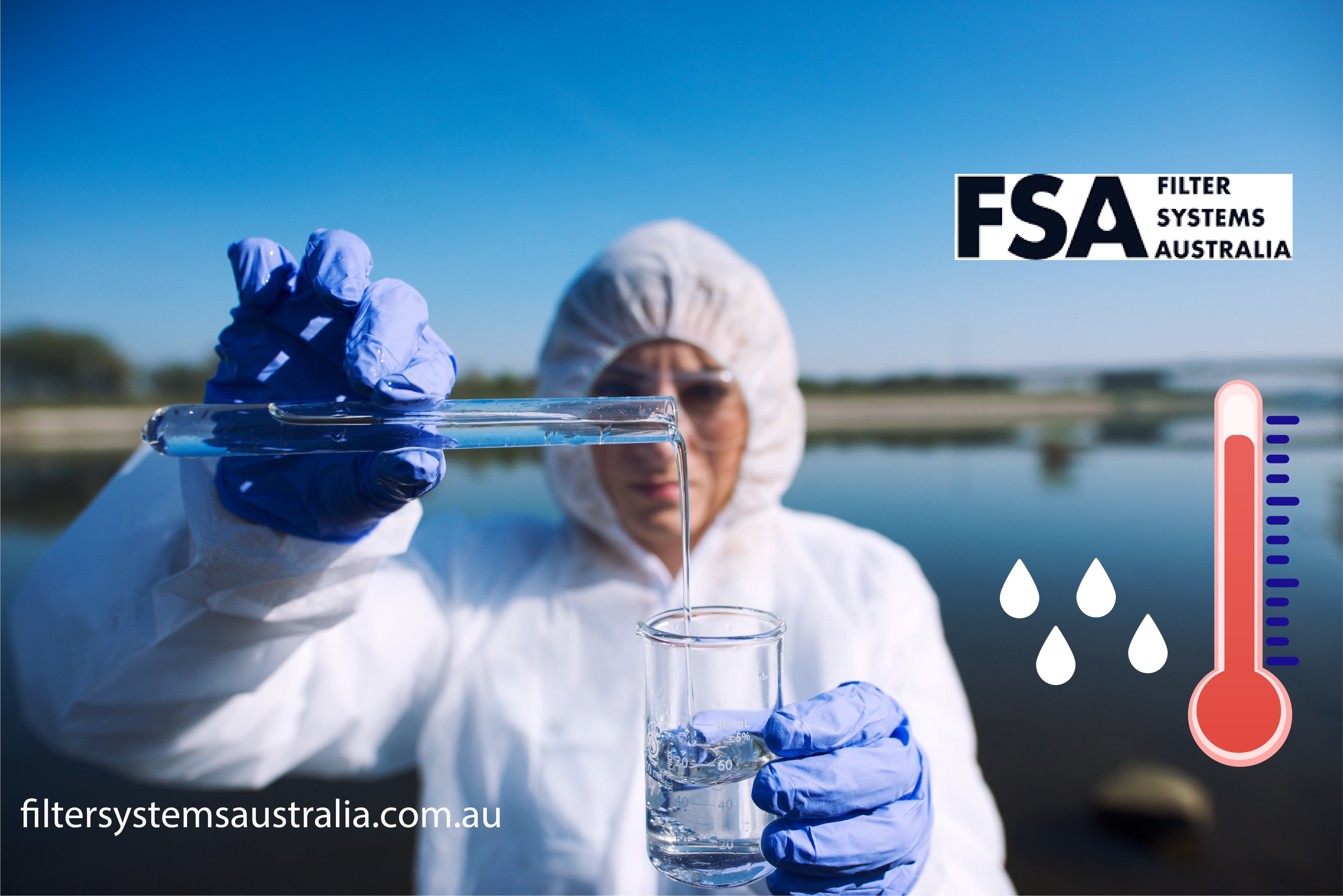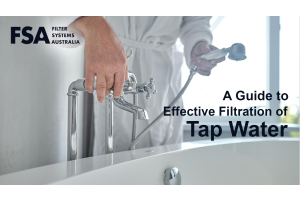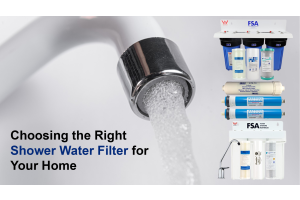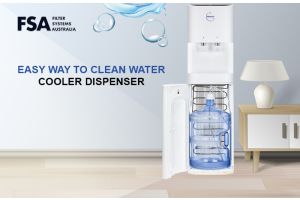

While looking for water filters, you will find many companies promoting their water filtration solutions using the word “TDS” – asserting that it is their key method to test water quality. TDS, which stands for total dissolved solids, is the measurement of the total amount of dissolved particles like salts, chemicals, minerals and metals in the water. The reason why many water filter businesses and homeowners commonly use a TDS test to measure the quality of water is that it is easy, quick and cheap.
While a TDS test can indicate the levels of dissolved salts or chemicals from industrial waste in your water and determine its quality in general, it’s not a one-size-fits-all solution. It is important to note that water is known as a universal solvent, thus picks up and dissolves impurities easily. Depending on your location and source, your water may comprise several contaminants that a TDS test cannot detect. So, you can’t count on this test alone to provide you with insights into the specific water quality issues, such as salty taste, elevated hardness or corrosiveness.
Furthermore, many water filters are designed to address problems like chloramine removal which are not related to TDS; so measuring your water’s TDS in such cases is irrelevant.
So, when exactly it is useful to test your water for TDS?
Read on as we explain how TDS is a useful measurement as well as answer other commonly asked questions about it.
What Is TDS?
TDS refers to the total concentration of organic and inorganic substances dissolved in water. These substances include salts, minerals, metals and ions. Your drinking water acquires total dissolved solids from several places, such as industrial wastewater, sewage, plumbing pipes, natural sources, urban run-offs, agricultural run-offs, chemical fertilisers used in the garden and plumbing, and chemicals used in the water treatment process. Whether or not TDS are good or bad for human consumption depends on the types and amounts of materials dissolved in the water. A wide range of salts, metals, minerals and organic compounds make up TDS - some of which provide minerals that your body needs to supplement its daily needs, such as calcium, magnesium and potassium. Others like arsenic, cadmium, nitrate, and lead can be harmful to your health. In addition, some of these may not be a health hazard but do lend the water a salty or bitter taste and can also cause issues like scale formation, water hardness, and staining. This means, different water supplies will have different materials present as TDS, which brings us to the next question...
What are the Safe and Unsafe Levels of TDS in Water?
TDS levels may vary depending upon the source of your water. Tap water and natural mineral water typically have a TDS value of 100-200 mg/l. However, TDS value of tap water in areas with a high concentration of minerals could be considerably higher. While active carbon filters are not effective in removing TDS, water filtration technologies like reverse osmosis, ion exchange and water distillation can help reduce it to a safe level.
TDS levels between 300-500 mg/l are generally acceptable and values below 600 mg/l have shown no scientific evidence of negative health impact. A TDS value above 1000 mg/l, however, can be an indicator of unsafe levels of dissolved solids in your water.
Clearly, not all levels of TDS in water are harmful for human consumption, so it is critical to understand the importance of different levels of TDS. Here are some conclusions from a study done by the World Health Organisation (WHO) to understand preferable range of TDS levels:
- 50 – 300: Excellent
- 300 – 600: Good/Acceptable
- 600 – 900: Fair
- 900 – 1,200: Poor
- Above 1,200: Unacceptable
It is worth noting that water with low levels of TDS can taste flat and pleasant while higher levels can result in a bitter, salty or sulphuric taste.
Why Should I Measure Total Dissolved Solids in My Water?
- Taste & Smell – Tap water with high TDS content can taste salty, bitter or sulphuric depending on the type of dissolved solids present in it. It can also give your water an unpleasant smell.
- Cooking- A high concentration of TDS in water can change the taste of food. For instance, boiling your pasta in water that has a high level of chlorine can give it an unpleasant taste.
- Cleaning- High TDS content in your tap water can leave unsightly whitish spots on your dishes and clothes, even causing them to fade. With this type of water running in your home, it is common to notice build-ups in your sinks, tubs, and taps.
- Plumbing and Appliances- High concentrations of calcium and magnesium can make your tap water hard. These dissolved minerals can cause scale deposits in the plumbing, resulting in expensive repairs/replacements and shortened lifespan of your water appliances.
- Health - Water with higher TDS values may not necessarily be unsafe to drink, but certain minerals like lead or copper can cause risk to your health when consumed in higher concentrations regularly.
- Filter Maintenance – High levels of TDS can affect the aesthetics or functionality of your water filer. Routine TDS testing will ensure that your water filtration system is working properly and alert you in case there is any wear and tear and maintenance is required.
Why is the TDS Measurement of My Filtered Water Same as My Unfiltered Tap Water?
If you have a carbon water filter installed to remove chloramine or chlorine from your city water supply, your filtered water will likely have the exact same TDS level as your unfiltered tap water.
This is because carbon filtration does not address dissolved solids in water. Carbon filters use a process called adsorption to reduce chlorine, chloramines, and VOCs in the drinking water, improving the overall taste and odour of the water.
Moreover, carbon filtration systems also usually come with a micron rating which demonstrates the porosity of the filter media being used by the system. A filter with a 0.5 micron rating will prevent any particle larger than half a micron in the water from passing through the filter. Since TDS is completely dissolved within the water, however the minute pores on the carbon filter membrane cannot filter it out physically.
CONCLUSION
Unless your water is way out of the recommended TDS range, you need not worry. Moreover, it is important to invest in the right filtration system to maintain TDS level in your drinking water. At FSA, we can suggest you the best RO system or any other filtration solution from a huge spectrum of water treatment solutions to help you maintain safe levels of minerals and chemicals in your drinking water.



